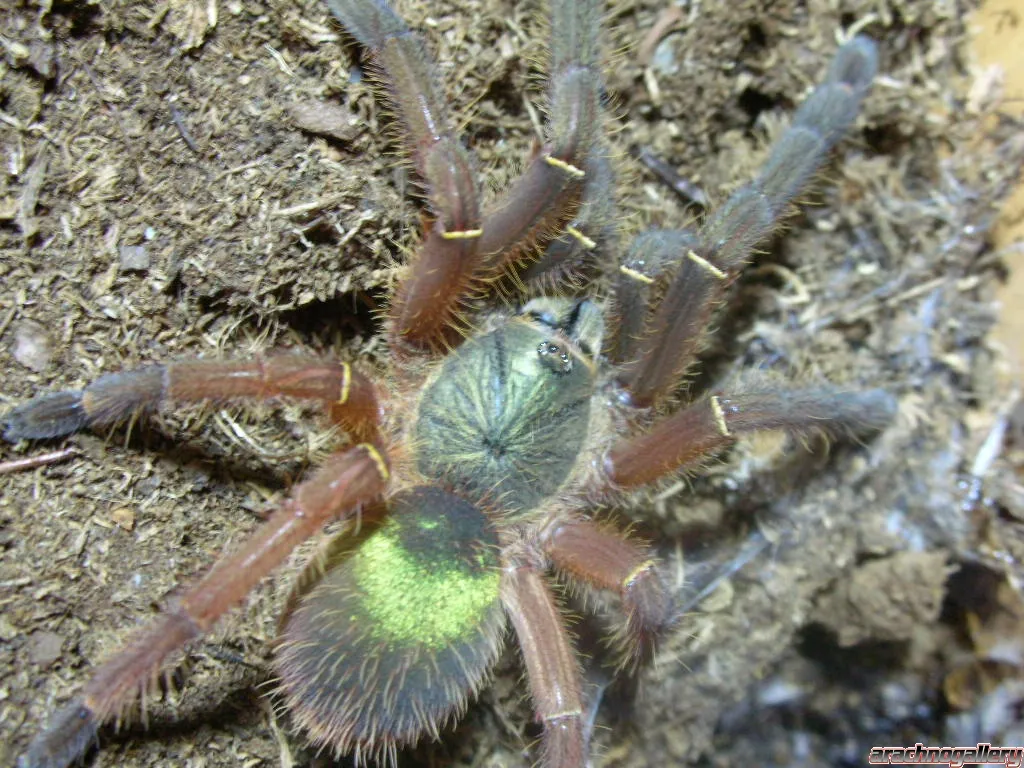Essential Tarantula Care Tips
Caring for a tarantula can be a rewarding experience, but it’s crucial to understand their specific needs to ensure their well-being. These fascinating creatures require a unique environment that mimics their natural habitat. Proper tarantula care involves understanding their enclosure requirements, feeding habits, and health considerations. This guide provides the top 5 essential tips to help you provide the best possible care for your tarantula, ensuring a long and healthy life for your eight-legged friend. From setting up their habitat to recognizing signs of illness, these tips will equip you with the knowledge you need to be a successful tarantula owner. The key to successful tarantula care is diligence and observation. These creatures are relatively low-maintenance pets, but require careful attention to their specific needs.
Choosing the Right Enclosure
The enclosure is the tarantula’s home, so it is very important to choose the right one. The size and type of enclosure significantly impact the tarantula’s health and happiness. A properly chosen enclosure provides a safe and comfortable environment that allows the tarantula to thrive. Avoid overcrowded environments as they can lead to stress. A well-designed enclosure is also easier to maintain, making your job as a tarantula owner much simpler. The right enclosure contributes to the overall well-being of your tarantula and makes it easier to observe and enjoy your pet.
Enclosure Size and Ventilation
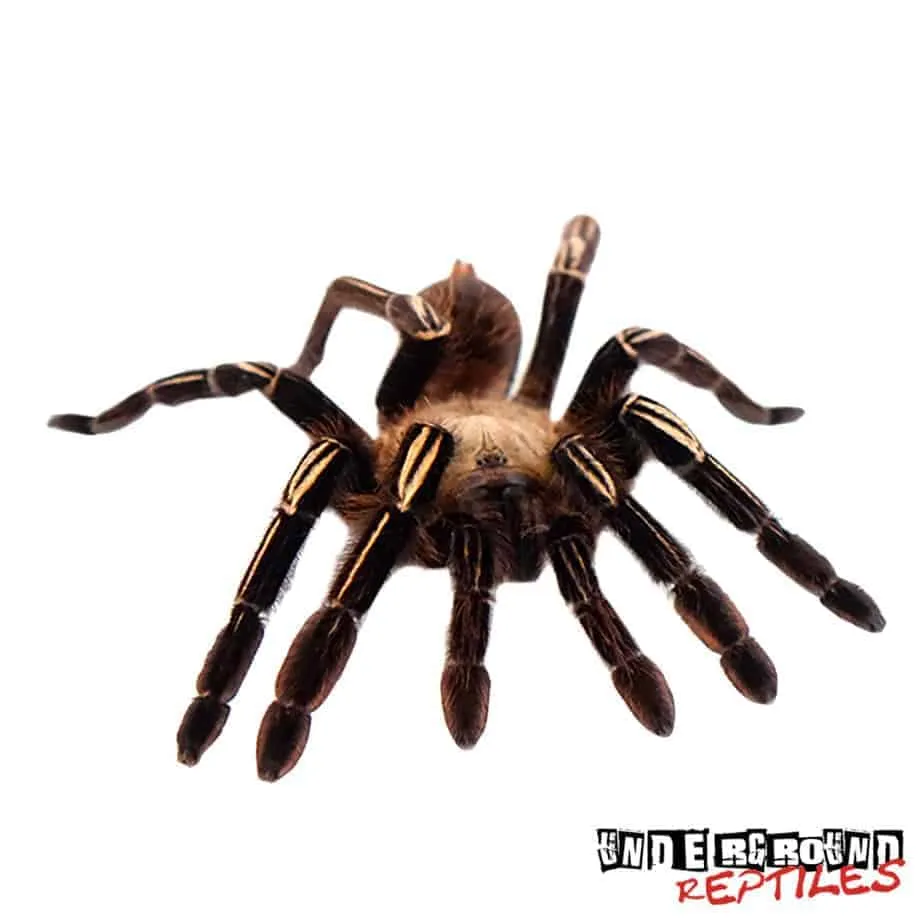
The size of the enclosure should be appropriate for the tarantula’s size. A general guideline is to provide an enclosure that is at least three times the tarantula’s leg span in width and length. This allows ample space for movement and reduces stress. Ventilation is critical for maintaining healthy air quality and preventing the buildup of mold and bacteria. The enclosure should have cross-ventilation, meaning that air can flow in and out. This can be achieved through ventilation holes on the sides, top, or front of the enclosure. Ensure that the ventilation is secure enough to prevent the tarantula from escaping. Proper ventilation and enclosure size are essential for the health of your pet, and can make it much easier to clean.
Substrate Selection and Humidity Control
The substrate is the bedding material that lines the bottom of the enclosure. It should be chosen carefully to provide a comfortable environment and help maintain humidity. Common substrates include coconut fiber, peat moss, and vermiculite. The ideal substrate will also allow your tarantula to burrow. The substrate’s depth will depend on the tarantula’s species. Humidity control is very important for tarantula health. The substrate should be kept appropriately moist, depending on the species’ needs. Use a hygrometer to monitor humidity levels, and mist the enclosure with water as needed. Incorrect humidity levels can cause molting problems or other health issues. A proper environment is essential for molting, and other tarantula needs.
Providing the Ideal Environment
Creating the ideal environment for your tarantula is crucial for its health and happiness. This involves carefully controlling temperature, humidity, and lighting. Tarantulas are ectothermic, meaning they rely on their environment to regulate their body temperature. By carefully controlling these factors, you’re contributing to the overall health of your pet. Providing a stable and comfortable environment also reduces stress and promotes natural behaviors. A well-maintained environment allows your tarantula to thrive. Proper maintenance will lead to a long and happy life for your pet. Proper monitoring is essential for a healthy habitat.
Temperature and Humidity Levels

Most tarantulas thrive in temperatures between 70-85°F (21-29°C). Use a thermometer to monitor the temperature in the enclosure. Avoid placing the enclosure in direct sunlight or near heat sources, which can cause extreme temperature fluctuations. Humidity levels vary depending on the species. Some species need high humidity, while others prefer drier conditions. Research the specific needs of your tarantula species. Use a hygrometer to monitor humidity levels. Provide a shallow water dish for drinking, and mist the enclosure as needed to maintain the correct humidity. Careful monitoring is essential. Proper temperature and humidity levels are essential for proper care.
Lighting Requirements
Tarantulas are nocturnal creatures and do not require special lighting. They are sensitive to bright light, so avoid placing the enclosure in direct sunlight. A regular light cycle is beneficial, with natural light during the day and darkness at night. If you need to use artificial lighting, use low-wattage bulbs. Avoid using colored lights, as they can disrupt the tarantula’s natural behavior. In most cases, ambient room light is sufficient for your tarantula. Lighting should be as natural as possible. Ensure that the enclosure is placed in a safe spot, away from extreme light. The right lighting conditions are essential for the tarantula’s comfort.
Feeding Your Tarantula
Feeding your tarantula is a fundamental aspect of its care, and understanding the right methods ensures your spider receives the necessary nutrients for health and growth. Proper feeding is crucial for maintaining a healthy and thriving tarantula. It’s important to choose the right food, feed it the appropriate amount, and feed it at the correct frequency. Feeding habits vary among tarantula species, so research the specific needs of your spider to determine the best feeding regime. A well-fed tarantula is a healthy tarantula.
Choosing the Right Food
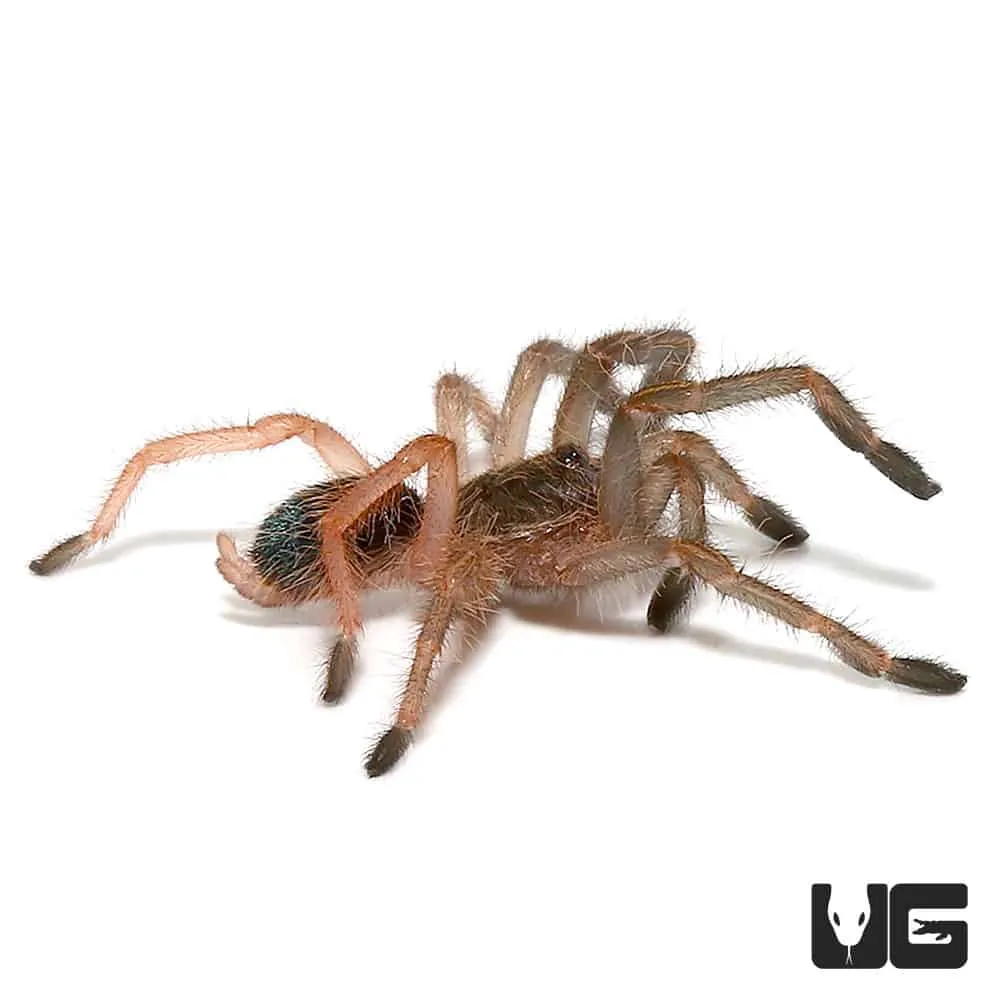
Tarantulas primarily eat insects. The diet of your tarantula should consist of a variety of appropriately sized insects, such as crickets, roaches, mealworms, and superworms. The size of the prey should be appropriate for the tarantula’s size; generally, the insect should be no larger than the tarantula’s body length. Avoid feeding wild-caught insects, as they may carry parasites or pesticides that can harm your tarantula. It’s also important to gut-load the insects with nutritious food before feeding them to your tarantula, which will increase the nutritional value. Provide a varied diet to ensure your tarantula receives all the necessary nutrients. Insects are a healthy diet for your pet.
Feeding Frequency and Amount
The feeding frequency depends on the age and size of your tarantula. Spiderlings and juvenile tarantulas should be fed more frequently, typically two to three times a week. Adult tarantulas can be fed less often, usually once a week or every other week. Observe your tarantula’s behavior and adjust the feeding schedule accordingly. Overfeeding can lead to obesity and health problems. A healthy tarantula will have a rounded abdomen after feeding, but it should not be excessively large. Remove any uneaten food within 24 hours to prevent mold and mite infestations. Always monitor your pet, and adjust feeding to suit your needs. Ensure that your pet is always well fed, but not overfed.
Watering Your Tarantula
Providing fresh water is essential for your tarantula’s survival. Water helps with digestion, and molting, and keeps your spider healthy. A constant supply of clean water ensures that your tarantula stays hydrated. A tarantula can quickly become dehydrated. You have to make sure that water is always available, but also that the water source is clean and safe. Monitoring is a key factor. Always keep your tarantula well hydrated.
Water Source and Availability
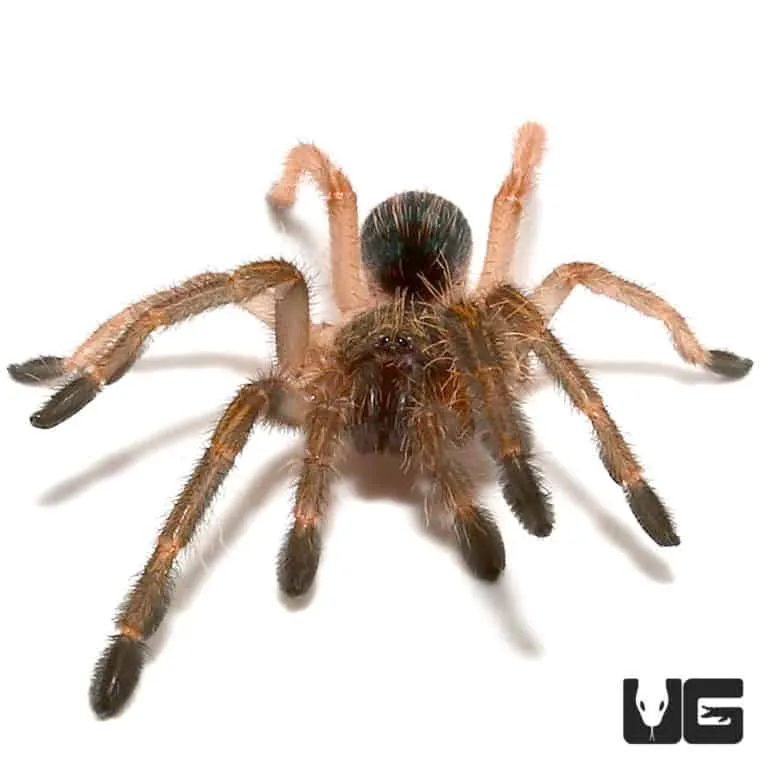
The most common method for providing water is a shallow water dish. Use a shallow dish to prevent drowning. Make sure the water dish is stable and cannot be easily tipped over. The water should be clean and fresh. You can use tap water, but let it sit out for 24 hours to allow chlorine to dissipate. For smaller tarantulas, you can use a water-filled bottle cap or a cotton ball soaked in water. Mist the enclosure regularly to maintain humidity, especially for species that require higher humidity levels. Make sure that there is always water, but that the water is always clean. Water dishes should be cleaned frequently to avoid bacteria growth.
Maintaining Cleanliness
Maintaining a clean enclosure is essential for your tarantula’s health and well-being. Regular cleaning prevents the buildup of waste, mold, and harmful bacteria, which can cause illness and other problems. Cleaning the enclosure on a regular basis also reduces odors and keeps the environment healthy for your pet. A clean enclosure is also more pleasant to look at, allowing you to better enjoy your tarantula. Proper cleaning is an essential part of tarantula care. Regular cleaning practices will ensure that your pet has a healthy life.
Regular Enclosure Cleaning
Spot clean the enclosure regularly, removing uneaten food, molted exoskeletons, and any visible waste. The frequency of cleaning depends on the size of the enclosure and the tarantula’s eating habits. Replace the substrate every few months or as needed. When replacing the substrate, remove the tarantula and place it in a temporary container. Clean the enclosure with warm water and mild soap, but avoid using harsh chemicals. Rinse thoroughly to remove all traces of soap. Allow the enclosure to dry completely before returning the tarantula and fresh substrate. A well-maintained enclosure will help with the overall health of your pet. Proper cleaning will lead to a long and healthy life for your pet.
Handling and Safety
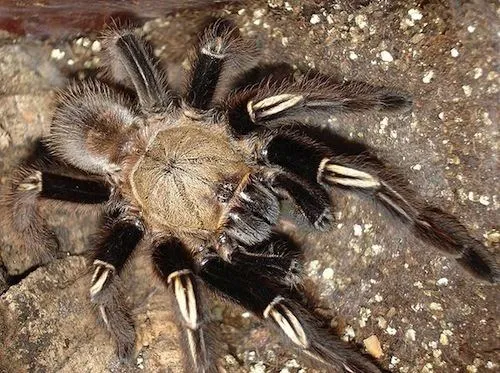
Handling your tarantula can be a rewarding experience, but it should always be approached with caution and respect for the animal. Understanding tarantula temperament and practicing safe handling techniques are essential to prevent injury to both you and your pet. Handling should be kept to a minimum, as it can be stressful for tarantulas. Handling also puts you at risk of a bite or other defensive behaviors. Safety is very important when handling your pet, and you should always practice care. A little caution can go a long way. Always respect your pet, and keep its health in mind.
Understanding Tarantula Temperament
Tarantula temperaments vary greatly depending on the species. Some tarantulas are docile and rarely bite, while others are more defensive and may bite if provoked. Research the specific temperament of your tarantula species before attempting to handle it. Even docile tarantulas can bite, so always be cautious. Tarantulas may also flick urticating hairs as a defense mechanism, which can cause skin irritation. Understanding your tarantula’s behavior and body language is crucial for assessing its mood. Defensive postures include raising the front legs, presenting fangs, or flicking hairs. If your tarantula displays these behaviors, it’s best to avoid handling it. Always approach your pet with care. Being able to understand your pet’s behavior can lead to a better experience.
Safe Handling Practices
If you choose to handle your tarantula, do so with extreme caution. Handle your tarantula close to the ground, so it doesn’t fall. Wash your hands thoroughly before and after handling to avoid contamination. Never handle a tarantula if you have cuts or abrasions on your hands. Use a soft brush to gently coax the tarantula onto your hand. Avoid sudden movements or loud noises, which can startle the tarantula. Allow the tarantula to walk onto your hand; do not try to pick it up. If the tarantula starts to act defensively, gently place it back in its enclosure. Never force the tarantula to do anything it does not want to do. Always keep a close eye on your pet. Handling is a privilege, and should always be done with extreme caution.
Recognizing Signs of Stress
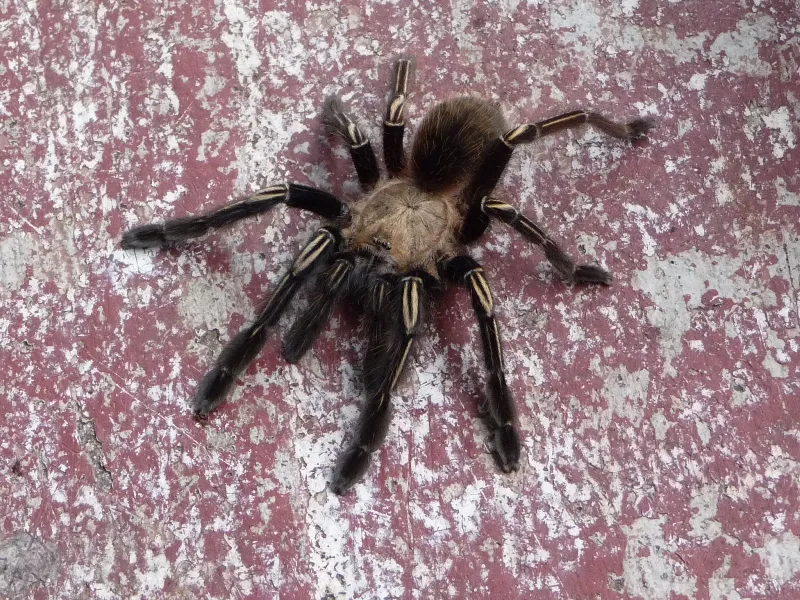
Recognizing signs of stress in your tarantula is essential for ensuring its well-being. Stress can be caused by various factors, including improper environment, poor handling, or illness. Watch for changes in behavior, such as hiding more frequently, refusing to eat, or exhibiting defensive postures. Other signs of stress include excessive flicking of urticating hairs, loss of appetite, or a change in the tarantula’s coloration. If you notice any of these signs, assess the environment and handling practices. Provide a safe and comfortable environment. If the stress persists, consult a veterinarian specializing in exotic animals. Recognizing and addressing signs of stress can improve your pet’s overall quality of life. Being able to help your pet during times of stress can go a long way.
Common Tarantula Health Issues
Tarantulas, like any pet, are susceptible to certain health issues. Knowing the common problems that can affect tarantulas is essential for providing proper care and ensuring their longevity. By recognizing signs of illness and taking preventative measures, you can help keep your tarantula healthy and happy. Early detection and treatment are key to addressing any health concerns. Being vigilant about your tarantula’s health and behavior will enable you to take the necessary action to ensure your pet’s well-being. Health concerns are a part of pet ownership, and proper care is very important.
Identifying and Addressing Illness
Some common health issues in tarantulas include mites, fungal infections, and parasites. Mites can infest the tarantula and its enclosure, causing irritation and potentially transmitting diseases. Fungal infections often occur due to high humidity and poor ventilation. Parasites can be introduced through contaminated food or substrate. Signs of illness include lethargy, loss of appetite, unusual behavior, or physical abnormalities. If you suspect your tarantula is ill, isolate it from other tarantulas. Consult an experienced veterinarian specializing in exotic animals. Follow the veterinarian’s instructions for treatment. Early diagnosis is essential. Any signs of illness should be immediately addressed, and your pet should be taken to a vet. This will improve your pet’s health.
Preventative Care
Preventative care plays a crucial role in keeping your tarantula healthy. Provide a clean and well-maintained enclosure. Maintain proper temperature and humidity levels for your tarantula’s specific species. Offer a varied diet of appropriately sized insects. Quarantine new tarantulas before introducing them to your collection. Regularly inspect your tarantula for any signs of illness or parasites. Wash your hands before and after handling your tarantula or its enclosure. By taking these preventative measures, you can greatly reduce the risk of illness and improve the overall health and well-being of your tarantula. Proper care will lead to a long and happy life for your pet. Preventative measures are very important for your pet’s overall health.
Conclusion
Providing proper tarantula care requires understanding their specific needs and creating an environment that meets those needs. By following the essential tips outlined in this guide, you can ensure your tarantula lives a long, healthy, and fulfilling life. Remember to research the specific needs of your tarantula species, as care requirements can vary. Always prioritize your tarantula’s well-being and observe its behavior to identify any potential problems. With the right care and attention, owning a tarantula can be a rewarding experience. Remember to always practice safe handling techniques and seek professional veterinary care when necessary. A little care can go a long way.
